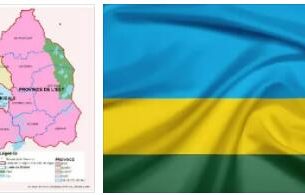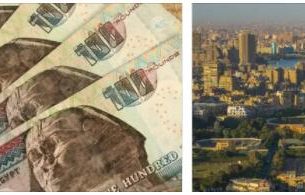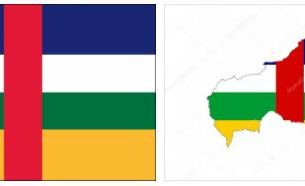Swaziland – Africa’s second smallest country
The Kingdom of Swaziland – officially the Kingdom of Eswatini (eSwatini) since 2018 – is the second smallest African landlocked country after Gambia and is in close proximity to the Republic of South Africa. It is one of the poorest and most underdeveloped countries in the world. Officially, no opposition parties are allowed and the country is governed in a very authoritarian manner. Since around 40% of the population is infected with the HIV virus, a complete collapse of the entire population structure can be expected in a few years, especially since there is virtually no adequate medical care available for the vast majority of those infected or already ill.
On the other hand, Swaziland offers many attractions such as the rock carvings of the Bushmen north of the capital Mbabane or in the region around the Mkondo River, and beautiful scenic gems such as the Ezulwini Valley, the Hlane Royal National Park, the Malolotja Nature Reserve and the Mantenga- Cases stand in sharp contrast to the desolate situation of the small country in southern Africa.
The people who live in this small world, which is one of the last absolute monarchies, are known for their friendliness and openness and are certainly the most important reason to travel to Swaziland.
Note
On the occasion of his 50th birthday on April 19, 2018, King Mswati III. in a speech that the Name of the country should in future be the Kingdom of Eswatini (eSwatini).
| Name of the country | Kingdom of Swazilandsince 2018 Kingdom of Eswatini (eSwatini) |
| Form of government | absolutist monarchy |
| Geographical location | Landlocked in the east of southern Africa |
| National anthem | “Nkulunkulu Mnikati wetibusiso tema Swati” |
| Population | about 1.2 million (Credit: Countryaah: Swaziland Population) |
| Ethnicities | Over 90% Swasi (Bantu), also Sotho, Zulu, Tonga and others |
| Religions | approx. 95% Christians (especially Protestants)as well as followers of traditional African religions |
| Languages | Siswati (official language), English |
| Capital | Mbabane |
| Surface | 17,364 km² |
| Highest mountain | Emlembe with a height of 1,862 m |
| Longest river | Usutu |
| Largest lake | There are no larger lakes in Swaziland. |
| International license plate | SD |
| National currency | 1 lilangeni = 100 cents |
| Time difference to CET | + 1h |
| International phone code | 00268 |
| Mains voltage, frequency | 220 volts and 50 hertz |
| Internet TDL (Top Level Domain) | .sz |
Swaziland, Eswatini: history
Before the year 1000
Presumably in the late Stone Age, the region was first settled by nomadic Bushmen (San). They lived as hunters and gatherers, leaving behind rock paintings, about twenty of which have been discovered in Swaziland so far. Around the year zero, the first Bantu peoples immigrated from the north and northwest into the country and displaced the indigenous people. They already practiced agriculture and animal husbandry and used the first techniques of iron processing.
From the year 1000 to the 17th century
According to Abbreviationfinder website, in 1155 missionaries came to Finland from Sweden. The country was incorporated into the Kingdom of Sweden.
In the 19th century
In the early 19th century, as a result of the expansion of the Zulu Empire, the Swazi immigrated to what is now Swaziland. These belong to the Nguni (Bantu) people. The Swazi subjugated or assimilated the Basotho and still make up the majority of the country’s population today. However, the pressure from immigrating Europeans led to the development of the Swazi kingdom from the various chiefdoms in the middle of the 19th century. In 1868 the British occupied Swaziland. In the following period, significant gold deposits were discovered in the north-west of the country, which caused a wave of European immigration. In 1895 Swaziland became a protectorate of the Republic of South Africa, after the Boer War (1899-1902) it came under British administration.
In the 20th century
The country gained independence on September 6, 1968. In 1977 King Sobhuza II dissolved parliament, suspended the constitution and assumed absolute power. The army and militia built with South African support suppressed all forms of opposition. He was succeeded in 1986 by Mswati III. who, despite the bitter poverty of his country’s population, indulged in a particularly luxurious lifestyle. An economic boycott by South Africa, triggered by the refused extradition of ANC members who had fled to Swaziland, made the economic situation even more difficult. So there were increasing protests among the population. In February 2006 Swaziland received a new constitution.
Swaziland is one of the poorest countries in the world. The rate of people infected with HIV is probably the highest in the world at around 33%. The resulting collapse of the population structure is likely to be inevitable in the years to come.
In 2018 the country was acquired by King Mswati III. renamed the Kingdom of Eswatini.



